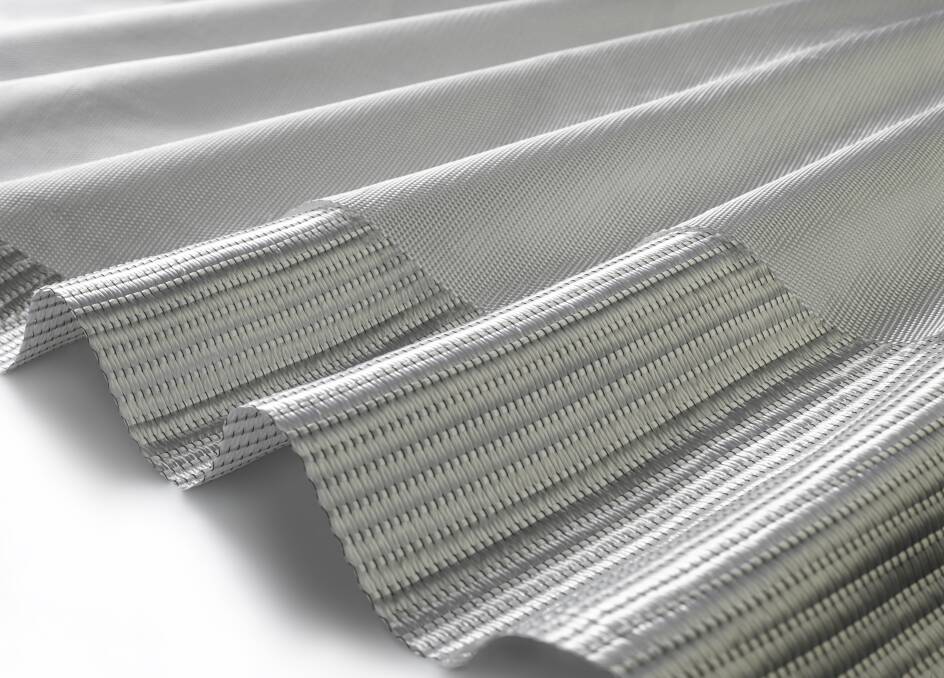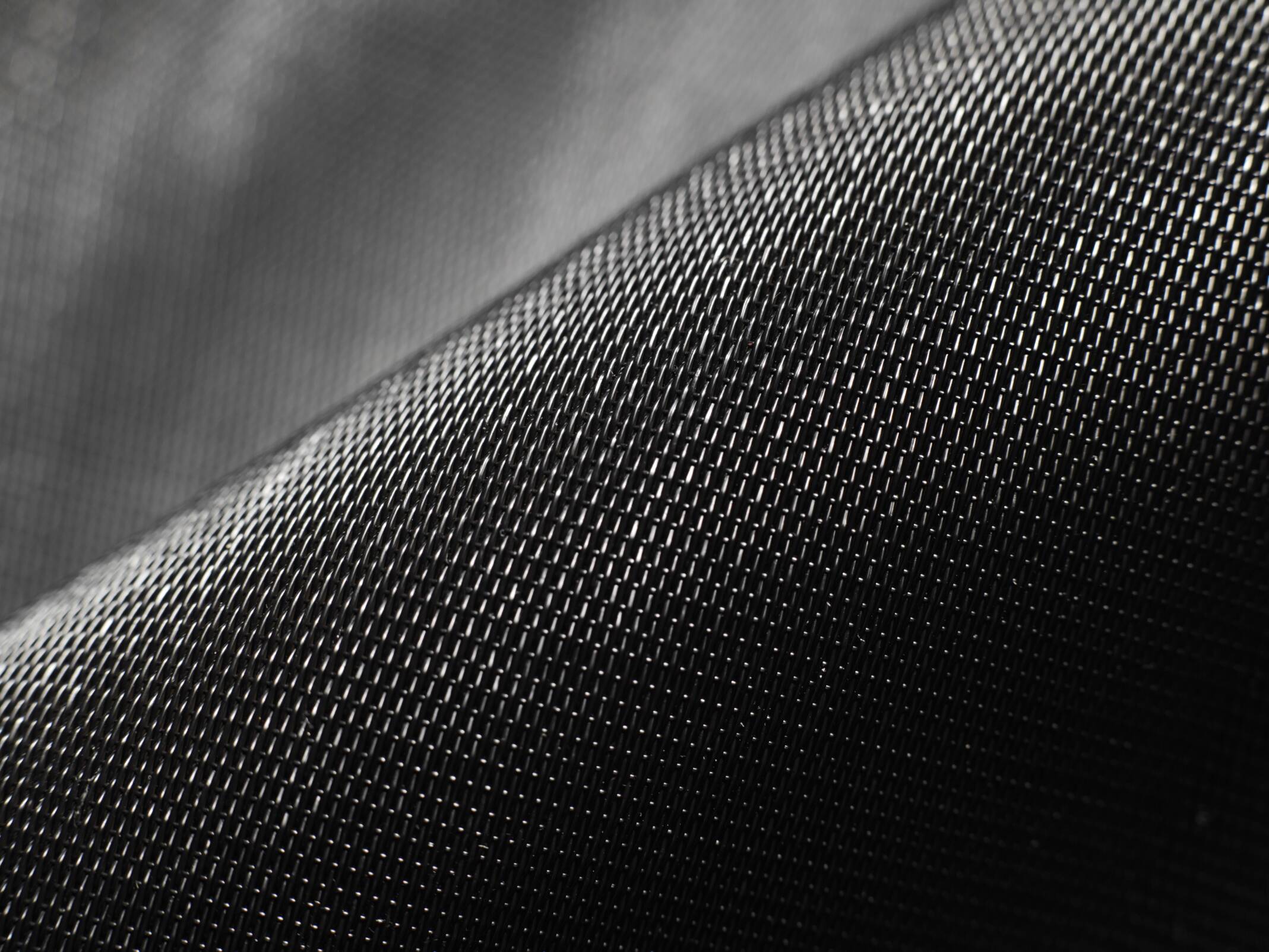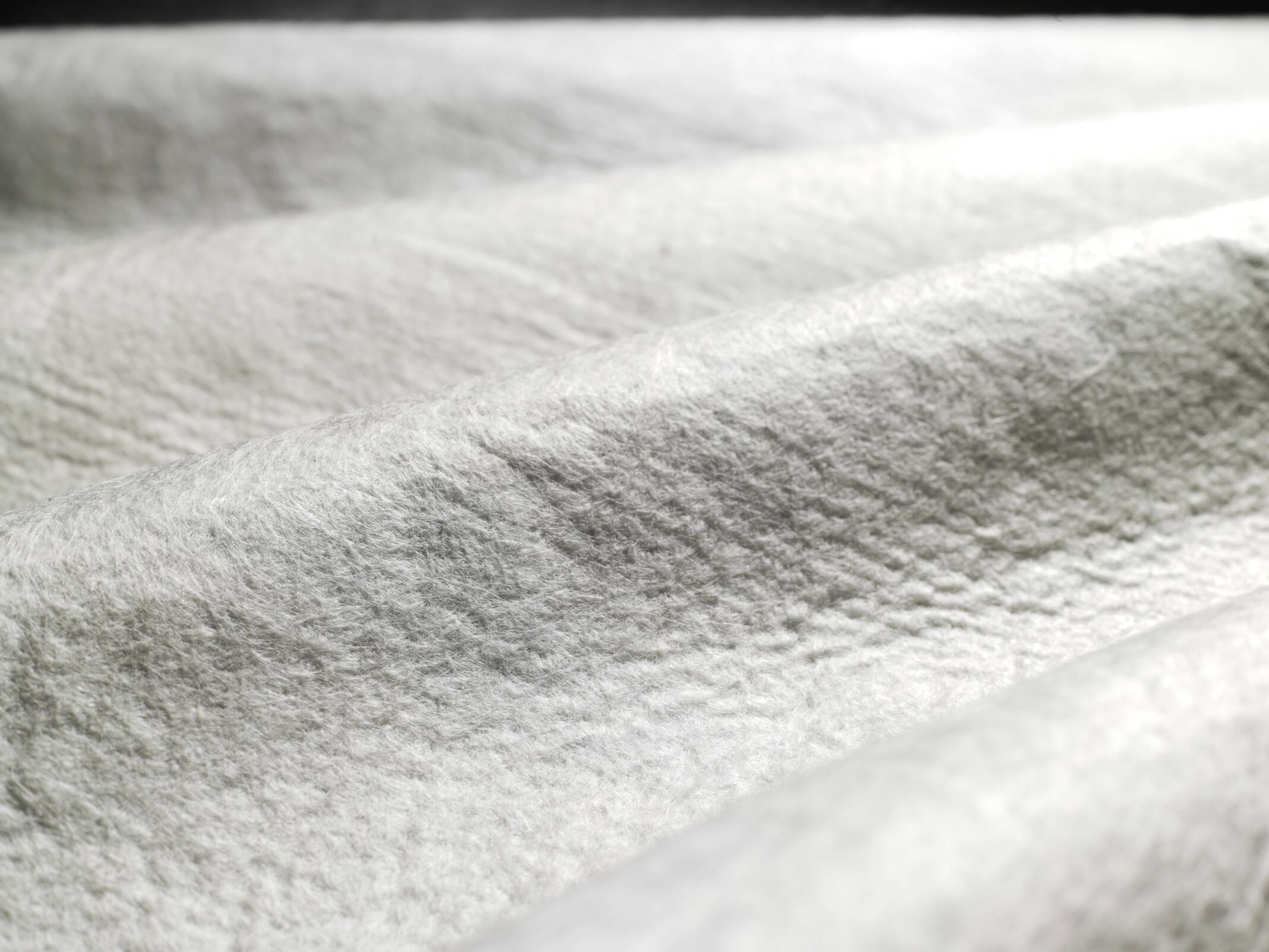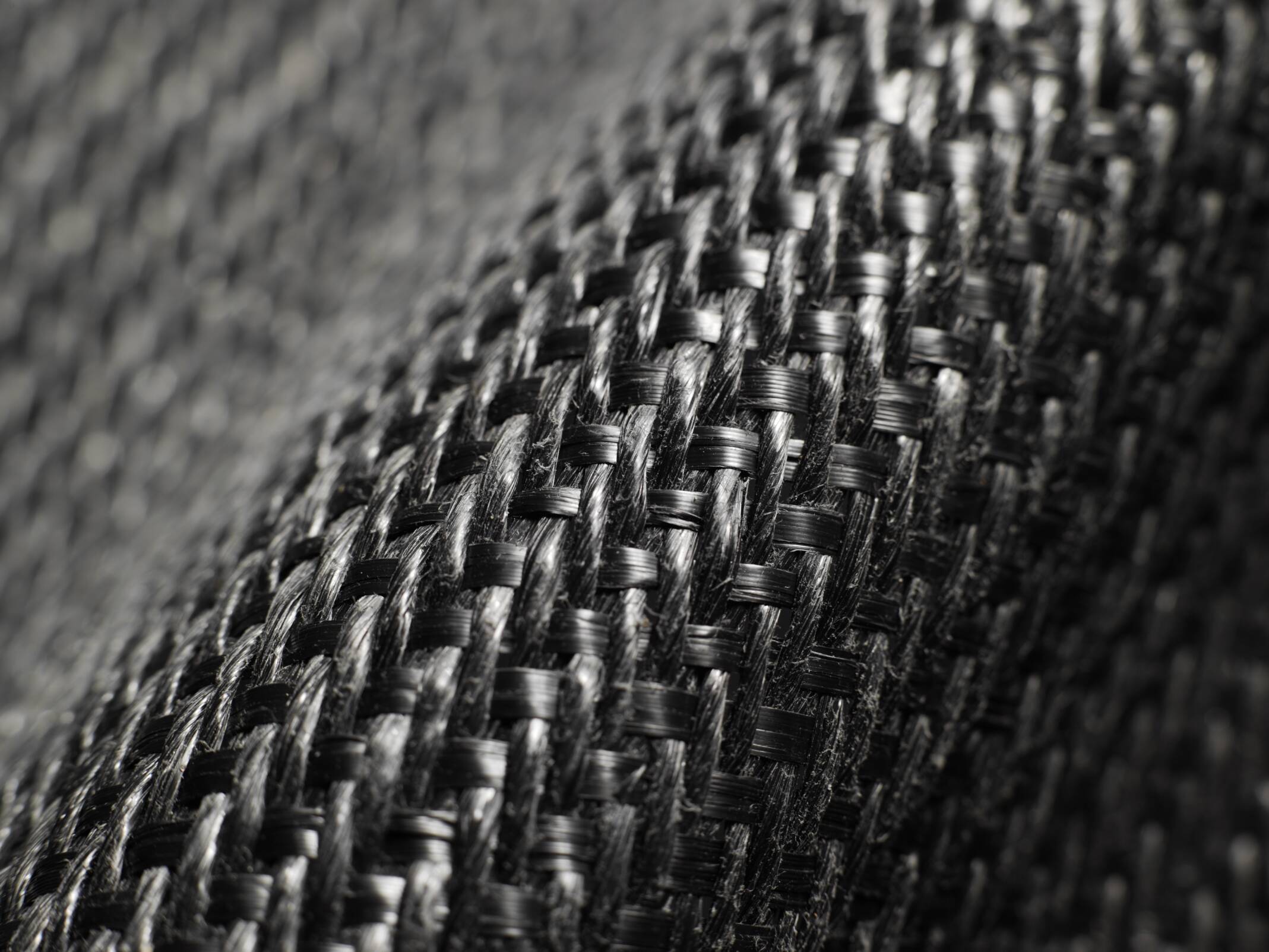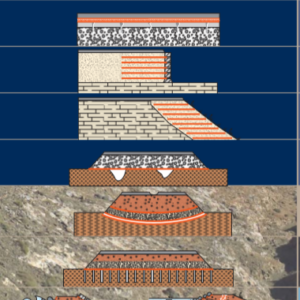Geotextiles
Geotextiles are the most widely used geosynthetic materials. They are divided into woven and non-woven geotextiles according to their production technology.
Geotextiles are widely used in various construction sectors:
Paved and uncovered roads
Load transfer platforms
Railways
Parking spaces
Airport construction
Hydraulic works
For the protection of geomembranes in landfills
In general and environmental construction
The main use functions of geosynthetics are:
filtering
separation
soil reinforcement
planar current, i.e. draining along its surface
blocking the movement of liquids and gases
When installed, geosynthetics usually perform several of the above functions simultaneously.
The material is suitable for use:
In road construction, in road structures – to increase the bearing capacity of roads, railways, sidewalks, etc. and to separate the soil layers.
In the construction of lawn roofs – a drainage layer is applied to the waterproof root-resistant base layer or geomembrane, on which a layer filtering soil particles is applied – geotextile, which allows water to pass through but prevents clogging soil particles from entering.
On sports and playgrounds, park construction – to separate the soil layers.
When building beds – to separate the soil layers.
On the construction site around the foundations – does not allow plants to grow around the foundation.
In drains – does not allow soil, stones, or other soil to enter the drainage pipes. Also protects pipes from roots of trees and plants. Geotextile is also used in the construction of river and dams (for example, to protect bridge spacers).
When storing waste – protects the ground/soil from sludge from waste.
When building ponds, lakes, beaches – if it is desired to replace the mud bottom with sand, then in the spring the geotextile is spread on ice and covered with sand. As the ice melts, the geotextile sinks to the bottom and the sand remains on the geotextile. The geotextile is anchored on the shore and remains under the top layer of sand on the shore, which also cannot sink deeper into the ground.

